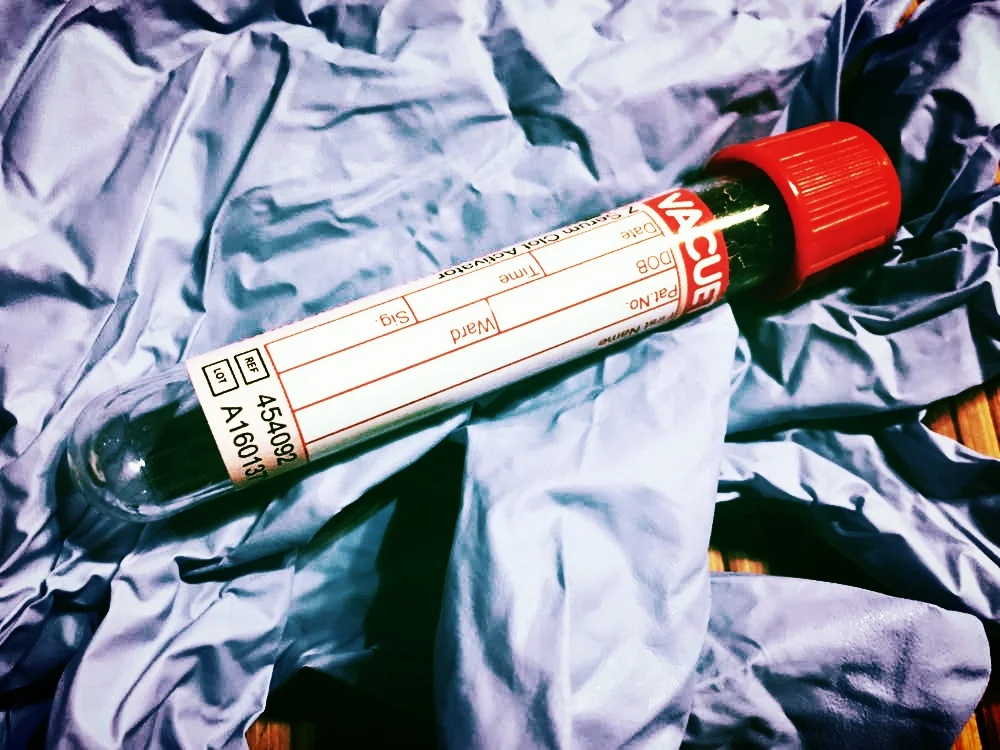Hormone Information
aldosterone
Normal serum levels of aldosterone are dependent on the sodium intake and whether the patient is upright or supine. High sodium will tend to supress serum aldosterone.
Androstenedione
Elevated levels of this hormone indicate increased adrenal, ovarian or testicular production, and may indicate: adrenal tumor, adrenal cancer, adrenal hyperplasia, congenital adrenal hyperplasia, but further testing is needed for a diagnosis.
Cortisol
Cortisol is a glucocorticoid steroid secreted by the adrenal gland. It plays a key role in glucose metabolism and stress response. ACTH - or adrenocorticotropic hormone is synthesized by the pituitary glad in response to the hypothalamic corticotropin releasing hormone (CRH).
11-deoxycortisol and 21-deoxycortisol
This test is often used to evaluate the “hypothalamic-pituitary-adrenal axis and pituitary ACTH reserve. 11-deoxycortisol is the immediate precursor and follows the same catabolic pathways as cortisol. This test can also be used to diagnose congenital adrenal hyperplasia (CAH), an inherited/genetic condition caused by deficiency in the CYP11B1 gene (for 11-beta-hydroxylase). The deficiency is an autosomal recessive trait, associated with low-renin hypertension, hypokalemia, excess androgens (androstenedione, especially), and genital ambiguity in females.
Cortisone
Measuring free cortisol and cortisone are used to determine low-renin hypertension via apparent mineralocorticoid excess. A genetic defect (11HSDB2) or acquired enzyme inhibitor (e.g. glycyrrhizic acid [from natural licorice]) may be to blame.
Estriol
Of the three major estrogens (estrone [e1], estradiol [e2], estriol [e3]), is the least potent natural estrogen (E2 > E1 > E3). In men and non-pregnant women, E1 and E2 are formed from androstenedione and testosterone. E3 is synthesized from E2 and to a limited extent, from 16-alpha metabolites of estrone.
Corticosterone
The 11 beta-hydroxylase 1 (CY11B1) deficiency, serum concentrations of cortisol will be low (usually <7 microgram/dL for a morning draw). 11-Deoxycorticosterone are elevated, usually to at least 2 or 3 times...
11-deoxycorticosterone
Elevated serum levels of this hormone are important in only a few diseases that involve enzymatic deficiencies, generalized adrenal hyperfunction, or direct adrenal tumor production, such as congenital adrenal hyperplasia due to CYP11B1 and 17 alpha-hydroxylase deficiencies.
Dehydroepiandrosterone (DHEA)
Concentrations of DHEA peak around age 30 and decline with age. The serum values have circadian variation, and may vary during the menstrual cycle, which prompts some to suggest that DHEA-S to be a better clinical marker (longer half-life, no circadian variation).
17-beta-estradiol
17-alpha-hydroxyprogesterone
Testosterone
Estrone
Estrone is one of two major estrogens in non-pregnant women and is a major estrogen produced by the placenta. The primary ovarian estrogen is estradiol; circulating estrone is derived from ovarian secretion and peripheral conversion from gonadal and adrenal androstenedione (via CYP450 aromatase in lipid tissue)
Dihydrotestosterone (DHT)
DHT has been called the “principal prostatic androgen. Levels of this hormone remain fairly constant with age, in spite of a decrease in plasma testosterone. The levels of this hormone are not elevated in benign prostatic hyperplasia (BPH).
Progesterone
Ovulation results in a mid-cycle surge of luteinizing hormone (LH) followed by an increase in progesterone secretion, peaking between day 21 and 23. If no fertilization and implantation has occurred by then, supplying the corpus luteum with human gonadotropin-drive growth stimulus, progesterone secretion falls, ultimately triggering menstruation.
















